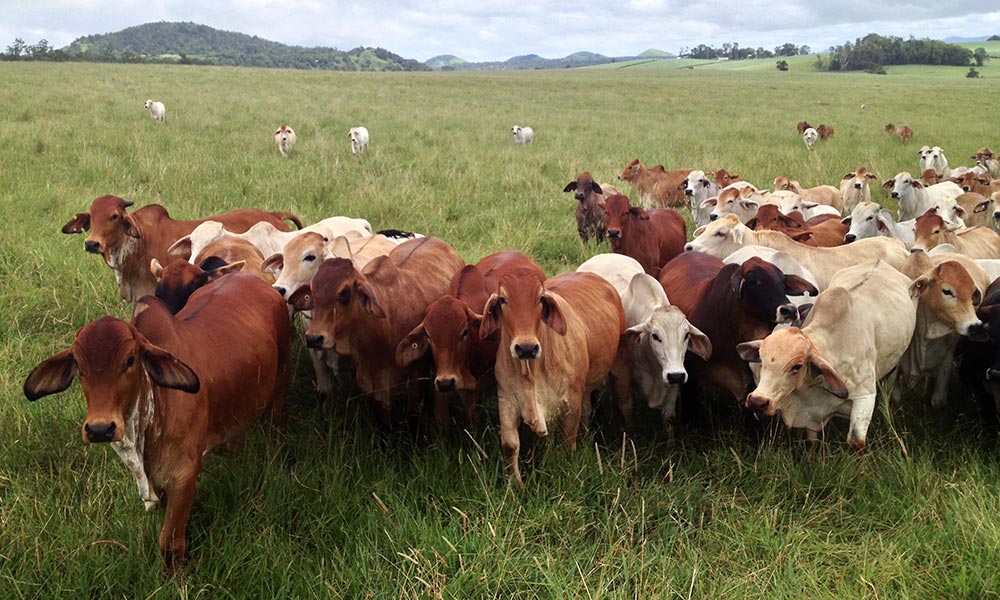



Article by: Hari Yellina
With lots of feed in the paddocks and a solid three-month rainfall forecast, the age-old question of whether or not to grow out cattle during the winter is one of the most difficult for southern beef producers in recent memory. At a webinar hosted by the South East Local Land Services this week, consultant Jeff Houses, Forbes, drove through some fascinating comparisons of price-per-kilogram trends and historical monthly market peaks, weighing the risks and advantages. While no analysis can definitively say whether to take the money and run now, Mr. House’s deconstruction of the price storey using saleyard indicator data for the past 20 years revealed some very fascinating aspects.
The trick is to locate the perfect spot where the costs of gaining weight are the least and the additional dollars obtained are the biggest. However, behind all of this is the requirement to ensure that the desired weight can be reached. Mr House’s presentation indicated that, similar to a restocker steer, a NSW feeder steer is worth the added $345, a medium steer $743, and a heavy steer $1015, based on current currency values from Meat & Livestock Australia indications. What’s more crucial, Mr House added, is to account for the diminishing cents-per-kilogram as cattle get heavier, with restockers now earning 650 cents per kilogramme compared to big steers at 480c/kg.
The worth of those extra kilos decreases as the price-per-kilogram decreases with increasing live weight. At present prices, the cents-per-kilogram for a medium steer is highest for the extra kilogrammes gained. The goal is to turn-off at the ideal market peak with a modest steer weight. The general pattern is that the quantity of animals coming onto the market decreases as the winter progresses, and prices rise. “Towards the end of the year, the market recovers, but prices remain higher than they were at the beginning of the year,” Mr House added. “However, the last two years have been different – we’ve been steadily increasing, and what will happen this year is truly unclear.” There’s a potential that prices will rise in either direction. This is the sort of information required when making decisions about holding cattle, although this all assumes price differentials stay the same relative to today.